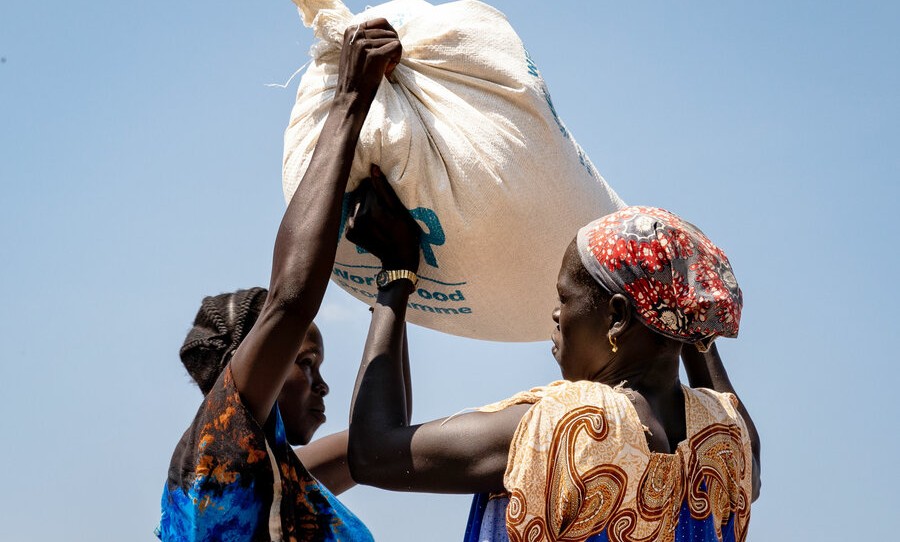
A deadly combination of escalating conflict, mass displacement, and rampant disease is driving food insecurity and malnutrition to catastrophic levels in parts of South Sudan, with humanitarian agencies warning that two counties in Upper Nile State are now at risk of famine.
According to the latest analysis from Integrated Food Security Phase Classification (IPC), global standard for assessing food crises, released on Thursday, the situation is most dire in Upper Nile state, where recent fighting has uprooted tens of thousands of families and crippled humanitarian access.
In the counties of Nasir and Ulang, intense clashes and aerial bombardments since March have pushed communities to the edge, with humanitarians warning that the two counties are now deemed to be at risk of famine.
Meanwhile, people in 11 of the 13 counties are now facing emergency levels of hunger.
“South Sudan cannot afford to sink into conflict at this point in time,” said Meshack Malo, the Food and Agriculture Organization’s (FAO) Country Representative.
“It will plunge already vulnerable communities into severe food insecurity, leading to widespread hunger as farmers will be prevented from working on their land.”
The report further reveals that some 32,000 people in the state are already experiencing Catastrophic (IPC Phase 5) hunger, the highest level of food insecurity, which is more than triple the number previously projected, according to the report.
Humanitarian organisations warn that time is running out to prevent a full-blown famine.
“Once again, we are seeing the devastating impact conflict has on food security in South Sudan,” said Mary-Ellen McGroarty, Country Director for the World Food Programme (WFP).
“Conflict doesn’t just destroy homes and livelihoods; it tears communities apart, cuts off access to markets, and sends food prices spiralling upward. Long-term peace is essential, but right now, it is critical our teams are able to access and safely distribute food to families caught in conflict in Upper Nile, to bring them back from the brink and prevent famine.”
Despite the worsening crisis in conflict-hit areas, the report noted some improvement in more stable parts of the country. Ten counties shifted from Emergency (IPC Phase 4) to Crisis (IPC Phase 3), driven by better crop production and consistent humanitarian aid.
“Improvement from IPC Phase 4 to IPC Phase 3 in ten counties is clear testament of the dividends of peace,” Malo added.
Nationwide, however, the overall food security situation remains bleak. An estimated 7.7 million people, 57 per cent of South Sudan’s population, are facing acute food insecurity (IPC Phase 3 or higher).
The last officially declared famine in the country occurred in 2017, and humanitarian experts warn the current trajectory could lead to a repeat.
The crisis is compounded by a cholera outbreak and rising levels of malnutrition, particularly among children and mothers.
According to UNICEF, three more counties in Upper Nile and Unity states have reached the most critical levels of malnutrition classification.
The number of children at risk of acute malnutrition has surged to 2.3 million, up from 2.1 million earlier this year.
“These latest projections place a further 200,000 young children at high risk of malnutrition,” said Noala Skinner, UNICEF’s Country Representative.
“The ongoing challenges with access in some of the most affected areas, as well as health and nutrition site closures, reduce the chances of early intervention and treatment. In addition, the cholera outbreak has added to an already difficult situation, putting young lives in a precarious fight for survival.”
Humanitarian agencies stress that the window to act is rapidly closing for thousands of families in Upper Nile, where conflict, disease, and displacement are converging into a perfect storm of crisis.

